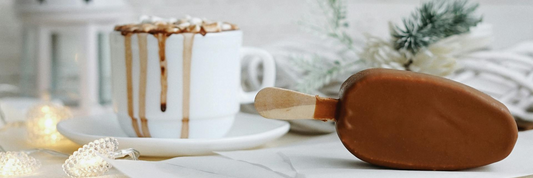Coffee taste is a journey into the world of complex flavors, unique aromas, and intricate textures. For coffee enthusiasts, understanding how to evaluate and describe coffee taste adds depth to the experience, while for professionals, it enhances their craft. In this guide, we’ll explore what coffee taste is, break down its key components, and share tools and techniques to help you refine your coffee palate.
What is Coffee Taste?
Coffee taste refers to the sensory experience of drinking coffee, encompassing its aroma, flavor, texture, and aftertaste. It’s influenced by factors like coffee variety, origin, roasting method, and brewing technique. Learning to identify these elements can deepen your appreciation for the nuances of each cup.

Key Elements of Coffee Taste
The taste of coffee can be dissected into several components, each contributing to its overall profile:
1. Coffee Acidity
Acidity in coffee is often described as a bright, tangy sensation, comparable to citrus fruits. It’s a hallmark of high-quality Arabica beans grown at high altitudes. While too much acidity can feel sharp, balanced acidity adds vibrancy and complexity to the cup.

2. Coffee Aroma
Aroma is the first sensory impression of coffee. It encompasses scents like floral, fruity, nutty, or spicy notes. For instance, Ethiopian coffees often exhibit floral aromas, while Brazilian varieties may have nutty undertones.
3. Coffee Bitterness
Bitterness arises from caffeine and compounds formed during roasting. In well-balanced coffee, bitterness complements other flavors without overpowering them. Identifying pleasant versus harsh bitterness is key to appreciating the roast level.
4. Coffee Body
Body refers to the weight or texture of coffee on your palate. A full-bodied coffee feels rich and creamy, while light-bodied coffee is crisp and clean. Variations in body come from bean type, roast level, and brewing method.

5. Coffee Aftertaste
Aftertaste, or the lingering flavor after swallowing, reveals the depth of a coffee’s profile. A good aftertaste can leave notes of chocolate, caramel, or spice, enhancing the drinking experience.
Factors Influencing Coffee Taste
Coffee Varieties
The type of coffee bean significantly impacts its taste:
- Arabica: Known for its delicate aroma, light acidity, and sweet aftertaste, Arabica beans are prized for their complexity and subtlety.
- Robusta: These beans offer a strong, bitter taste with less acidity and a heavier mouthfeel, often used in espresso blends for added depth.

Growing Regions and Soil Conditions
The region where coffee is grown, along with soil composition, altitude, and climate, profoundly influences its taste. Beans from Ethiopia often have fruity and floral notes, while those from Brazil lean toward nutty and chocolatey flavors.
Processing Methods
The way coffee cherries are processed impacts the flavor profile.
- Washed (Wet) Process: Highlights bright and clean flavors.
- Natural (Dry) Process: Produces fruity and wine-like notes.
Roasting Levels
Roasting transforms green coffee beans into aromatic, flavorful coffee.
- Light Roast: Retains fruity and floral notes, with a pronounced acidity.
- Medium Roast: Balances acidity and sweetness, enhancing body.
- Dark Roast: Emphasizes bold, smoky flavors, often at the expense of subtle nuances.

In summary, the art of coffee tasting is a sophisticated practice that encompasses various sensory elements, including aroma, flavor, acidity, body, and aftertaste. Each of these components plays a vital role in shaping the overall experience of coffee consumption. By developing an understanding of these factors, coffee enthusiasts can enhance their appreciation for different brews and make informed choices that align with their personal preferences.




